
Study reveals that the abortion ban affects Latinas more than other women of color
They are considered the group most harmed by state restrictions on this practice.
According to a new analysis from the National Partnership for Women & Families and the National Latina Institute for Reproductive Justice, shared with NBC News, it was found that nearly 6.5 million Latinas or more than 4 in 10 of reproductive age (42% of all Latinas ages 15-49) live in 26 states that have banned or are likely to ban abortions after the Supreme Court struck down Roe v. Wade earlier this year.
Candace Gibson, the director of government relations at the National Latina Institute for Reproductive Justice, stated:
This community is really facing the brunt of the overturn of Roe v. Wade.
State restrictions
The study highlights that three quarters of Latinas living in states with abortion bans or restrictions are concentrated in Texas, Florida, and Arizona.
Texas, for example, where the practice is criminalized, is home to 2.9 million Latinas of reproductive age. Florida and Arizona, for their part, where abortions are restricted, are home to 1.4 million and 587,600 Latinas respectively.
Also, the repeal of Roe opened the door for 13 states, most of them in the South and Midwest, to implement abortion bans. 6 states have restricted or seek to restrict access to abortions, and the pending bans could take effect in 7 states later in the year.
If you’ve been following our work for a while, you’ve heard about the #TurnawayStudy.
— ANSIRH (@ANSIRH) December 19, 2022
Here’s how that groundbreaking research came about and why the study’s director, @Dianagfoster, was named one of the ten people who helped shape science in 2022 [a thread ]
Other studies
According to The Turnaway Study, a research project at the University of California, in San Francisco, mothers who are forced into unintended pregnancies and their children are four times more likely to live below the federal poverty line.
“To add context there, we know that Latinas and Latinxs often work multiple jobs that provide no sick days or insurance coverage and live in underserved communities,” added Gibson.
RELATED CONTENT
Meanwhile, another study, published in January by the National Bureau of Economic Research, which used data from the Turnaway Study to track the credit histories of women who couldn't get an abortion, found that those who were denied abortions faced higher bad debt, poverty, evictions, and bankruptcy rates in the 5 years after the birth of their children.
“Anyone who is capable of getting pregnant at some point may need abortion care. The breakdown of the data is really about telling a story about who is harmed. It’s moms, it’s moms with young kids, it’s people who are struggling to make ends meet,” noted Shaina Goodman, director for reproductive health and rights at the National Partnership for Women & Families, and co-author of the analysis.
The reports also highlight other factors that affect Hispanic women's ability to access abortion services, such as childbearing, disability, English proficiency, and race, as well as misinformation and disinformation targeting Latino communities.
Critical findings
These are some figures highlighted in the studies that explain the phenomenon:
- Nearly 3.1 million Latinas affected by current and future abortion bans in the 26 states are already mothers.
- Around 28% of them have children under 3 years of age.
- Nearly 3 million Latinas in the 26 states where efforts are underway to make abortion inaccessible were “economically insecure” or lived in families below 200% of the federal poverty line.
- About 43% of Latinas with disabilities live in these 26 states.
- More than 1 million Latinas living in those states report that they do not speak English at all or do not speak it well.
- Approximately 4.3 million white Latinas, 820,500 multiracial Latinas, more than 107,000 black Latinas, nearly 57,000 Native American Latinas, and 18,500 Pacific Islander Asian American Latinas live in those states.
“When we ban abortion, we’re really harming people’s health, well-being, economic security and making individuals and families more vulnerable and less healthy. That impacts not just the person seeking the abortion, but also their families and our communities,” concluded Goodman.




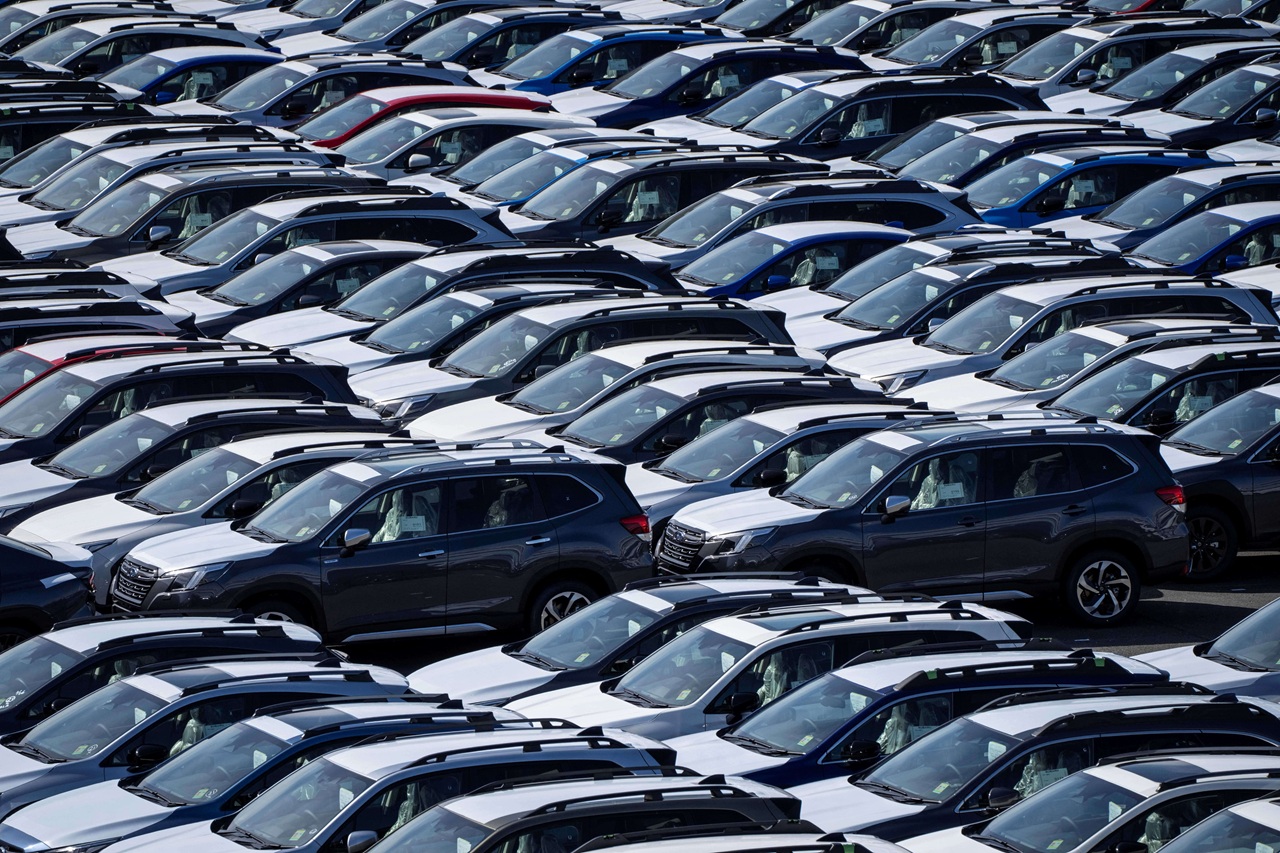
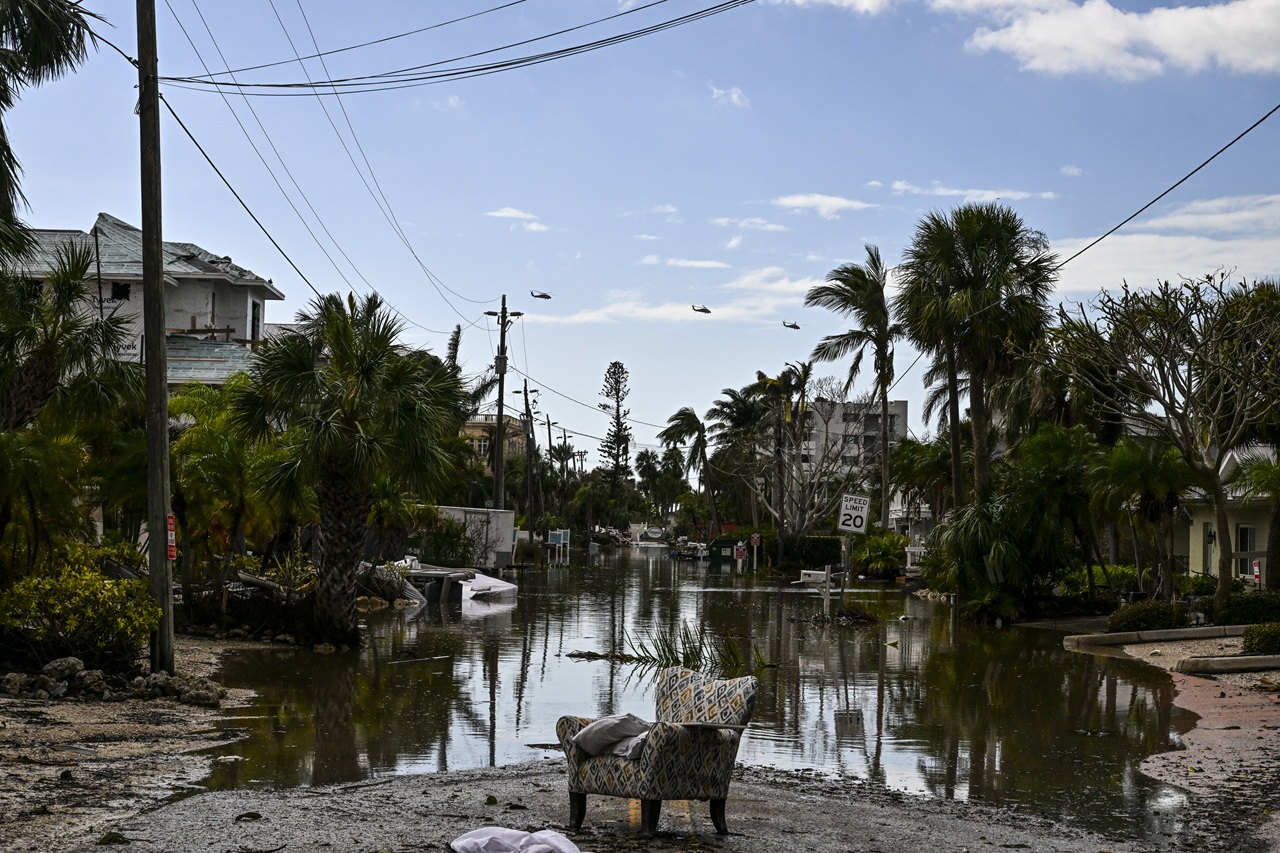
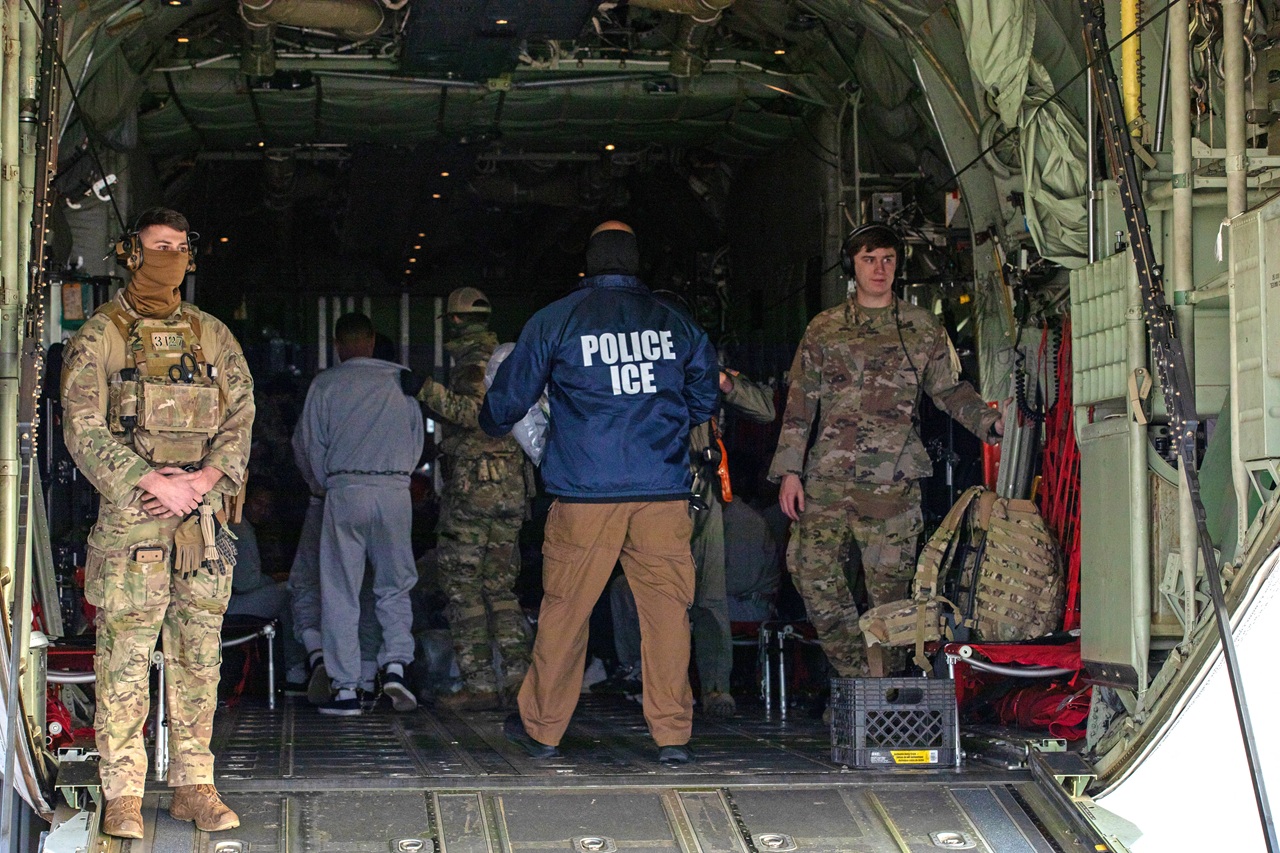
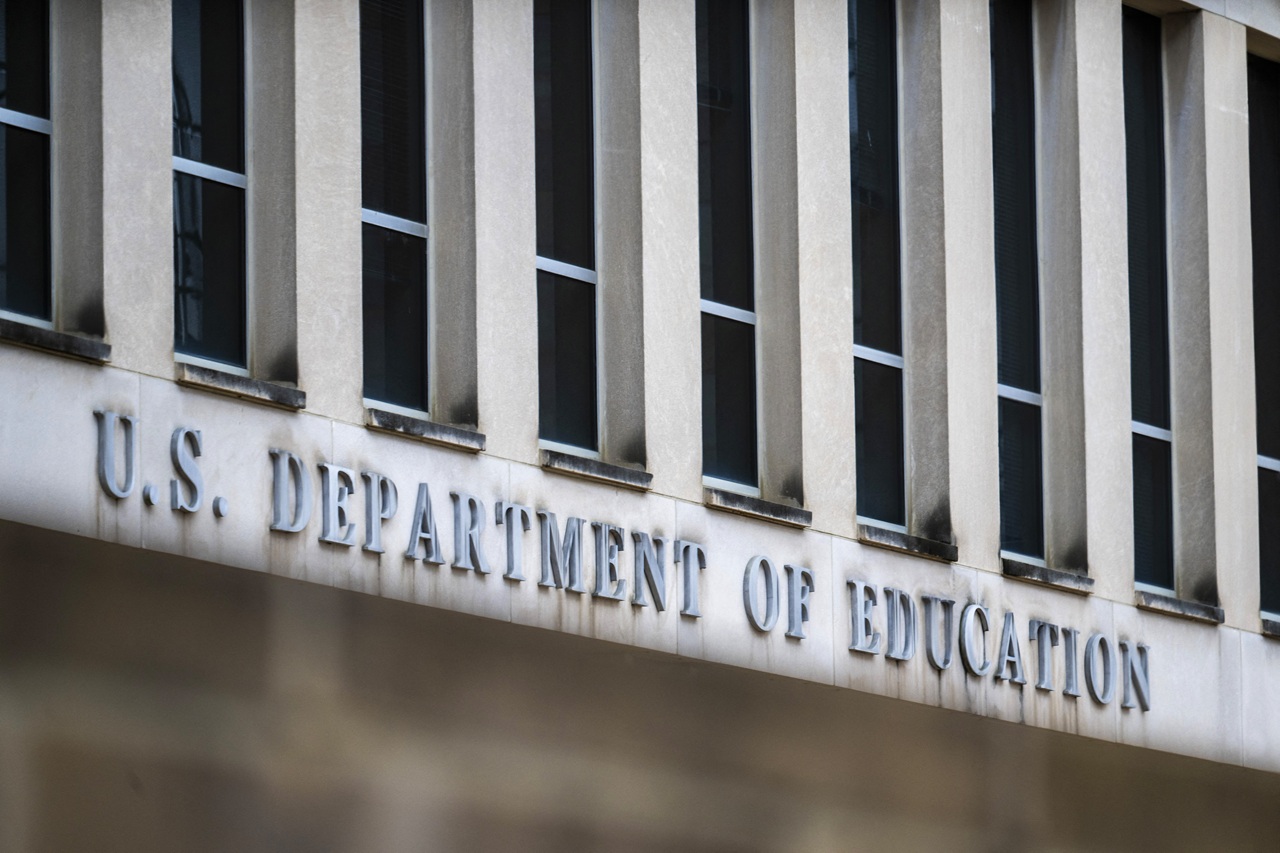


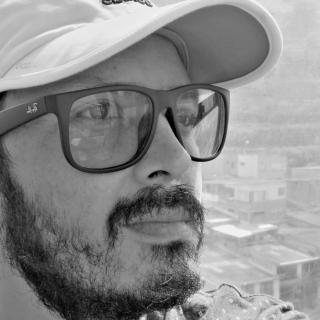
LEAVE A COMMENT: